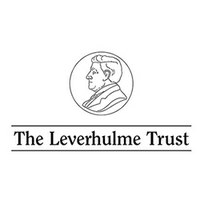
UN Environment World Conservation Monitoring Centre
UN Environment World Conservation Monitoring Centre acts as a convenor and organiser of the Madingley model community, and has ecological scientists continuing to develop the model.
Contacts: Mike Harfoot (mike.harfoot@unep-wcmc.org), Derek Tittensor (derek.tittensor@unep-wcmc.org)

University College London
UCL researchers are working to extend and develop the capabilities of the Madingley model, particularly in the terrestrial realm.
Contact: Tim Newbold (t.newbold@ucl.ac.uk)

Imperial College
Students and researchers at Imperial College are using Madingley to map Madingley functional groups to species and explore neutral ecological processes.
Contact: James Rosindell (j.rosindell@imperial.ac.uk)
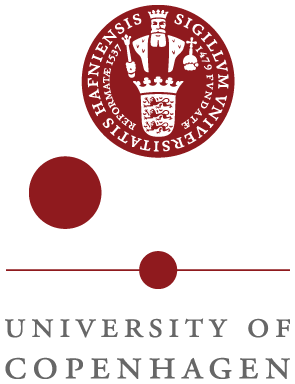
University of Copenhagen
The University of Copenhagen has researchers improving the ecological realism of the model, particularly in the marine realm.
Contact: Erik Mousing (eamousing@snm.ku.dk)
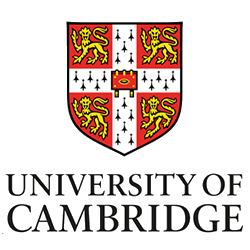
Cambridge University
Cambridge University has researchers improving the software implementation of the model.
Contact: Mike Bithell (mb425@cam.ac.uk)

Stockholm Resilience Centre
Researchers at the Stockholm Resilience Centre are integrating Madingley with models of agricultural systems to understand trade-offs in coupled socio-ecological systems
Contact: Ingo Fetzer (ingo.fetzer@su.se)
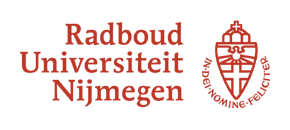
Radboud University
Researchers at Radboud University are using Madingley to investigate the ecological implications of projected scenarios of biofuels production.
Contact: Mark Huijbregts (m.huijbregts@science.ru.nl)

ZSL
The Zoological Society of London is using Madingley to project tipping points and ecosystem change.
Contact: Piero Visconti (pierovisconti@gmail.com)
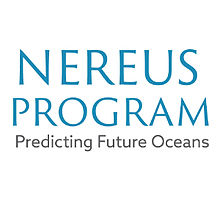
Nereus Program
The Nereus Program is both funding and developing Madingley to look at fisheries and marine ecosystem future under global change.
Contact: Yoshitaka Ota (yoshitakaota@me.com) and William Cheung (w.cheung@oceans.ubc.ca)
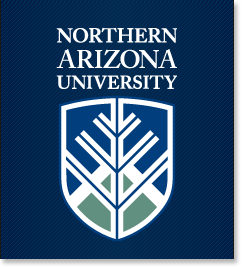
Northern Arizona University
Researchers at Northern Arizona University are working to incorporate nutrient dispersal by animals into Madingley.
Contact: Chris Doughty (chris.doughty@nau.edu)
Funding partners

KR Foundation
The KR Foundation has provided funding to use the Madingley Model to explore the biodiversity planetary boundary.
